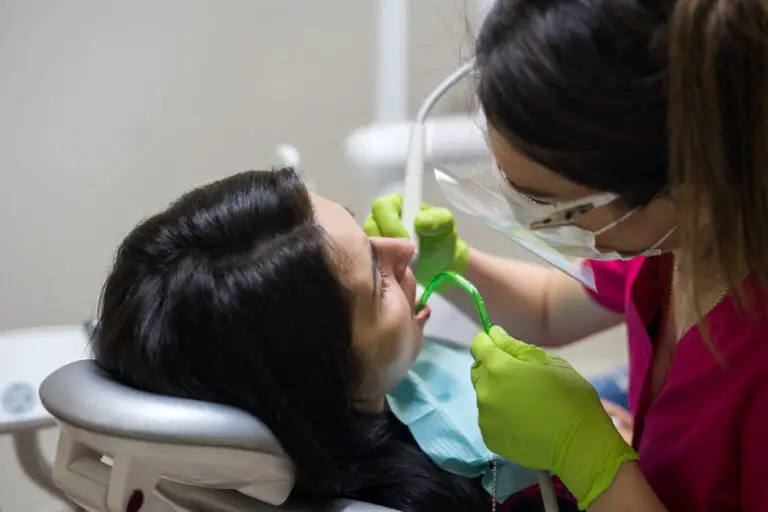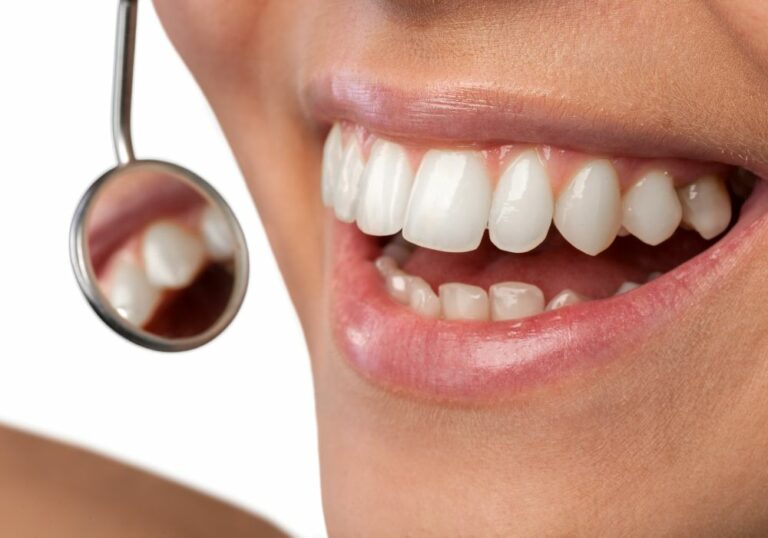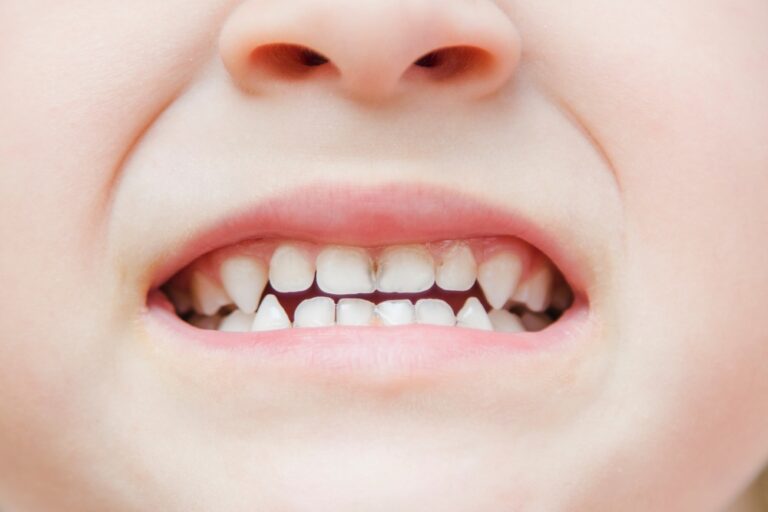Can gums reattach to teeth? This is a common question among those who are experiencing gum recession. Gum recession is a condition where the gum tissue pulls back from the teeth, exposing the roots of the teeth. This can lead to tooth sensitivity, decay, and even tooth loss. It is important to understand the causes of gum recession, how to prevent it, and the available treatment options.
While gum tissue cannot grow back on its own, there are treatments available that can help reconstruct the gum tissue and prevent further recession. Understanding the root cause of gum recession is key to preventing it. Poor oral hygiene, aggressive brushing, and gum disease are some of the common causes of gum recession. By practicing good oral hygiene habits and seeking treatment for gum disease, you can help prevent gum recession and maintain healthy gums.
Key Takeaways
- Gum tissue cannot grow back on its own, but there are treatments available to reconstruct gum tissue.
- Preventing gum recession involves practicing good oral hygiene habits and seeking treatment for gum disease.
- Treatment options for gum recession include scaling and root planing, gum grafts, and tissue regeneration.
Understanding Gum Recession
Gum recession is a common dental problem that occurs when the gum tissue surrounding the teeth pulls away from the teeth, exposing the tooth’s root. This can lead to sensitivity, decay, and even tooth loss if left untreated.
Causes of Gum Recession
There are several reasons why gum recession can occur. Some of the common causes include:
- Aggressive Brushing: Brushing your teeth too hard can cause the enamel on your teeth to wear away, leading to gum recession.
- Periodontal Disease: Gum disease is a bacterial infection that can cause the gums to recede.
- Genetics: Some people are more prone to gum recession due to their genetics.
- Hormonal Changes: Hormonal changes during pregnancy can cause the gums to become more sensitive and prone to recession.
- Tobacco Use: Smoking or using other tobacco products can cause the gums to recede.
Symptoms of Gum Recession
The symptoms of gum recession can vary depending on the severity of the condition. Some of the common symptoms include:
- Sensitive Teeth: When the gums recede, the tooth’s root becomes exposed, making it more sensitive to hot and cold temperatures.
- Longer Teeth: As the gums recede, it can make the teeth appear longer than usual.
- Visible Roots: When the gums recede, it exposes the tooth’s root, which can be seen as a visible line along the gumline.
- Loose Teeth: In severe cases, gum recession can cause the teeth to become loose and even fall out.
It is important to seek dental treatment if you suspect that you have gum recession. Your dentist can help determine the cause of the problem and recommend a treatment plan to prevent it from getting worse.
Can Gums Reattach to Teeth?
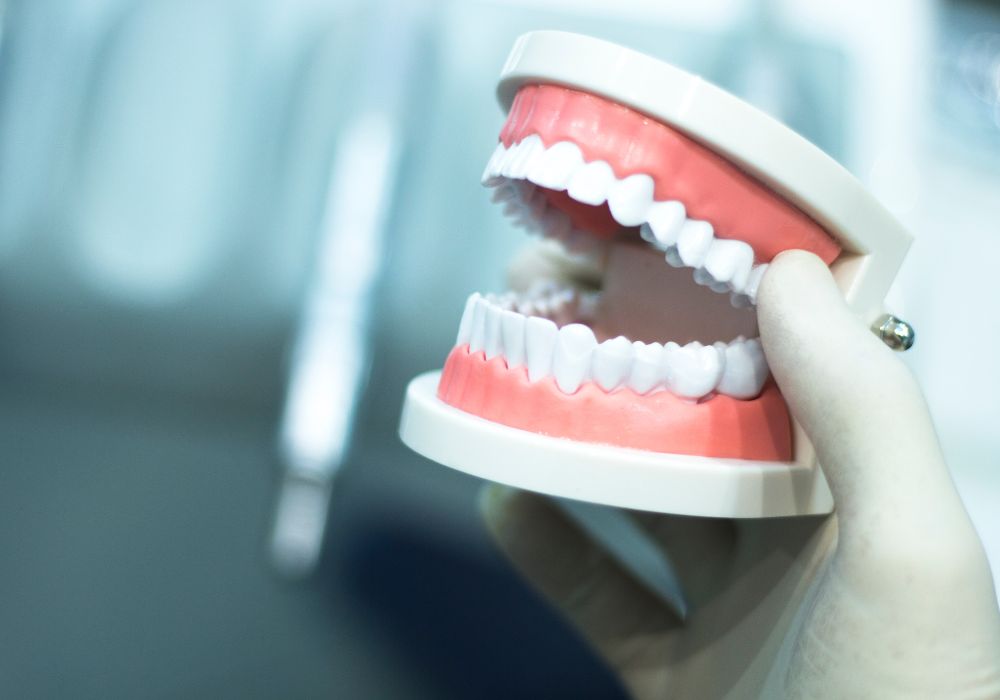
Gums are an essential part of our oral health. They protect our teeth and keep them in place. However, sometimes, due to various reasons, gums can get detached from teeth. This can cause several issues, including sensitivity, pain, and even tooth loss. So, the question arises, can gums reattach to teeth?
The answer is both yes and no. It depends on the severity of the detachment and the underlying cause. In some cases, gums can reattach to teeth on their own if the detachment is not severe. However, in severe cases, the gums may need professional intervention to reattach.
Maintaining good oral hygiene is crucial to prevent gum detachment. Brushing twice a day, flossing daily, and visiting the dentist regularly can help keep your gums healthy and prevent detachment.
If you notice any signs of gum detachment, such as bleeding or swelling, it is essential to seek professional help immediately. Your dentist can evaluate the severity of the detachment and recommend the appropriate treatment.
Some treatments that can help reattach gums to teeth include:
- Scaling and root planing: This procedure removes plaque and tartar from the teeth and smooths the root surface to help the gums reattach.
- Gum grafting: This procedure involves taking tissue from another part of the mouth and attaching it to the affected area to help the gums reattach.
- Flap surgery: This procedure involves lifting the gums to remove tartar and bacteria from the teeth and then repositioning the gums to help them reattach.
In conclusion, gums can reattach to teeth, but it depends on the severity of the detachment and the underlying cause. Maintaining good oral hygiene and seeking professional help when necessary can help prevent and treat gum detachment.
Preventing Gum Recession
Good Oral Hygiene Practices
Maintaining good oral hygiene practices is essential in preventing gum recession. Here are some tips to keep your gums healthy:
- Brush your teeth twice a day with fluoride toothpaste
- Floss at least once a day to remove plaque and food particles from between your teeth
- Use an antiseptic mouthwash to kill bacteria and freshen your breath
- Avoid smoking and using tobacco products, which can increase your risk of gum disease
- Eat a balanced diet rich in vitamins and minerals, especially vitamin C, which can help prevent gum disease
Regular Dental Check-Ups
Regular dental check-ups are also crucial in preventing gum recession. Your dentist can detect and treat gum disease in its early stages before it leads to gum recession. During your check-up, your dentist will:
- Examine your teeth and gums for signs of gum disease
- Clean your teeth to remove plaque and tartar buildup
- Provide you with tips on how to improve your oral hygiene practices
Remember, prevention is key in maintaining healthy gums and teeth. By practicing good oral hygiene habits and visiting your dentist regularly, you can reduce your risk of gum recession and other oral health problems.
Treatment Options for Receding Gums
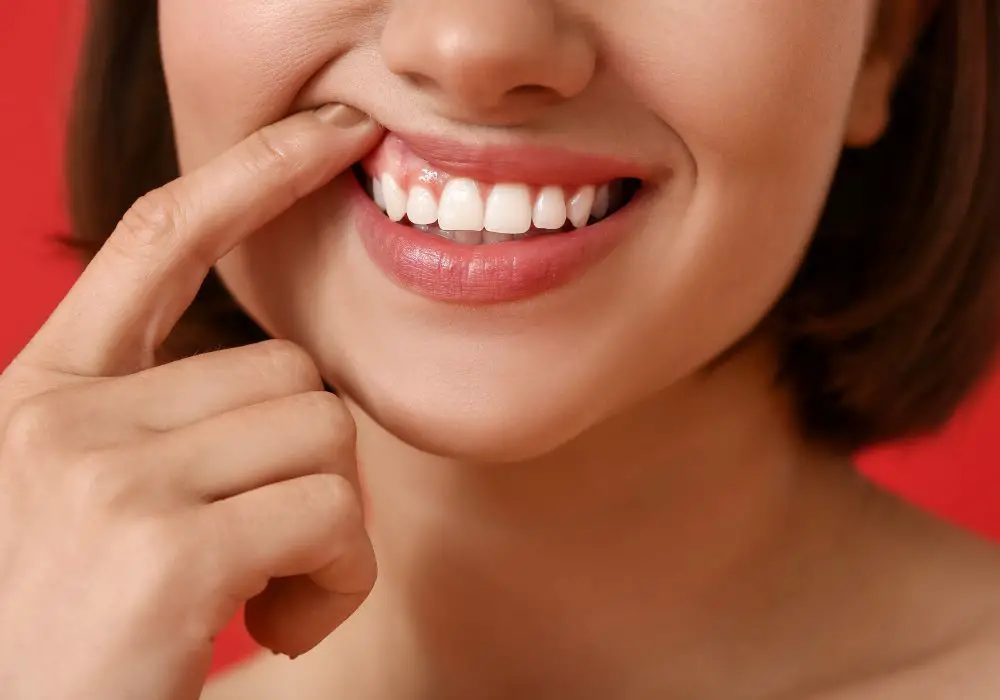
Receding gums can be a serious dental issue. If left untreated, it can lead to tooth decay, tooth loss, and other dental problems. Fortunately, there are several treatment options available for receding gums.
Non-Surgical Treatments
- Good Oral Hygiene: Maintaining good oral hygiene is the first step in treating receding gums. Brushing twice a day, flossing, and using an antibacterial mouthwash can help prevent further damage to the gums.
- Scaling and Root Planing: Scaling and root planing is a deep cleaning procedure that removes plaque and tartar from the teeth and gums. This helps to promote gum reattachment and prevent further gum recession.
- Flap Surgery: During flap surgery, the gums are lifted back, and the dentist removes the tartar. The gums are then sutured back into place, promoting gum reattachment.
Surgical Treatments
- Soft Tissue Grafting: Soft tissue grafting involves taking tissue from another part of the mouth and attaching it to the affected area. This helps to cover the exposed root and promote gum reattachment.
- Bone Grafting: In severe cases, bone grafting may be necessary. During this procedure, the dentist will take bone from another part of the body or use synthetic bone to replace the lost bone.
- Guided Tissue Regeneration: Guided tissue regeneration involves placing a small piece of mesh-like material between the gum tissue and the bone. This helps to prevent the gum tissue from growing into the bone and promotes gum reattachment.
In conclusion, there are several treatment options available for receding gums, both surgical and non-surgical. It is important to consult with a dentist to determine the best course of treatment for your specific case.
Recovery and Aftercare

After a deep cleaning or periodontal surgery, it is important to take good care of your gums to promote healing and prevent infection. Here are some tips for recovery and aftercare:
- Follow instructions from your dentist or periodontist: Your dental professional will provide specific instructions for aftercare that are tailored to your needs. It is important to follow these instructions closely to ensure proper healing.
- Take pain medication as prescribed: If you experience pain or discomfort after the procedure, your dentist may prescribe pain medication. Take this medication as directed to manage pain and promote healing.
- Avoid smoking: Smoking can delay healing and increase the risk of infection. If you smoke, it is important to quit or at least avoid smoking for a few days after the procedure.
- Eat a soft diet: For the first few days after the procedure, stick to soft foods that are easy to chew and swallow. Avoid hard, crunchy, or sticky foods that could irritate your gums.
- Brush and floss gently: It is important to continue brushing and flossing your teeth, but be gentle around the treated area. Use a soft-bristled toothbrush and be careful not to brush too hard or irritate your gums.
- Use a saltwater rinse: Your dentist may recommend rinsing your mouth with a saltwater solution to promote healing and reduce inflammation. Mix 1/2 teaspoon of salt with 8 ounces of warm water and swish it around your mouth for 30 seconds before spitting it out.
By following these tips and taking good care of your gums after a deep cleaning or periodontal surgery, you can promote healing and prevent complications. If you have any concerns or questions about your recovery, be sure to contact your dentist or periodontist for guidance.
Frequently Asked Questions
How far can gums recede before teeth fall out
Gums can recede up to a certain point before teeth start falling out. The severity of gum recession varies from person to person. However, if gum recession is left untreated, it can lead to tooth loss.
New treatment for receding gums
There are several new treatments for receding gums, including gum grafting and the pinhole surgical technique. These treatments can help to reconstruct gum tissue and prevent further gum recession.
Will gums reattach to teeth after deep cleaning
Gums can reattach to teeth after deep cleaning, but it depends on the severity of the gum disease. If the disease is caught early, there is a good chance that your gums will heal and reattach to your teeth. However, if the disease has progressed to a more advanced stage, the damage may be irreversible.
Receding gums stages
Receding gums can be classified into different stages based on the severity of the gum recession. The stages range from mild to severe and can be diagnosed by a dental professional.
Receding gums in 20s
Receding gums can occur at any age, including in your 20s. The causes of gum recession can vary, but poor oral hygiene and gum disease are common factors.
How to reverse receding gums at home
There are several ways to reverse receding gums at home, including practicing good oral hygiene, using a soft-bristled toothbrush, and avoiding tobacco products. However, it is important to seek professional dental care for severe cases of gum recession.


